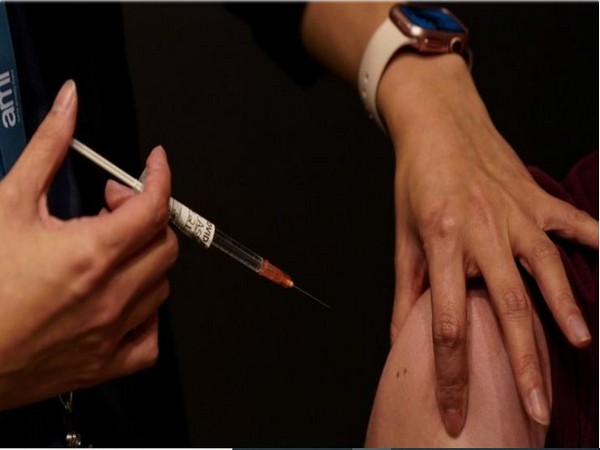NTAGI recommends vaccination for Typhoid and Cervical cancer: Sources
The National Technical Advisory Group on Immunisation (NTAGI) reviewed the data and recommended the vaccination for Typhoid and Cervical Cancer, said sources on Tuesday.

- Country:
- India
By Shalini Bhardwaj The National Technical Advisory Group on Immunisation (NTAGI) reviewed the data and recommended the vaccination for Typhoid and Cervical Cancer, said sources on Tuesday.
The recommendations were done only after the discussion about the data on Typhoid vaccines and India's first vaccine against cervical cancer is quadrivalent human papillomavirus (qHPV). Recently, the Subject Expert Committee also recommended Serum Institute of India's indigenously developed quadrivalent human papillomavirus (qHPV) vaccine against cervical cancer for regular market authorisation for above 9 to 26-year-old males and females.
"It's expected that vaccine will be launched in the market soon. The qHPV will be India's first indigenously vaccine against cervical cancer. The Pune-based Serum Institute of India has applied for market authorisation after completing the phase 2/3 clinical trial with the support of the Department of Biotechnology to ensure its early availability in the country," sources told ANI. Every year in India 1,22,844 women are diagnosed with cervical cancer and 67,477 die from the disease.
The qHPV vaccine reduces woman's risk of cervical cancer. Men cannot develop cervical cancer, but the qHPV vaccine may prevent genital warts, penile cancer, anal cancer and the spread of qHPV to sexual partners. According to the Indian Journal of Medical research, Typhoid or enteric fever is mainly caused by Salmonella enterica serovar Typhi and also to a lesser extent by S Paratyphi A. Humans are the only reservoir for these organisms. The main sources of infection are the stool and urine of infected persons, with the important vehicles being contaminated water, food and flies. The causative agent is either waterborne or foodborne for this gastrointestinal infection. (ANI)
(This story has not been edited by Devdiscourse staff and is auto-generated from a syndicated feed.)
ALSO READ
Ambedkar-led VBA fields Vasant More in Pune, supports Sule in Baramati
Ambedkar-led VBA fields Vasant More in Pune, supports Sule in Baramati
GE Aerospace to Invest over Rs 240 crore in expanding manufacturing facility at Pune
Cong complains to Pune poll authorities about distribution of 'Viksit Bharat' booklets
Pune: Police constable kills self with service rifle, probe on










